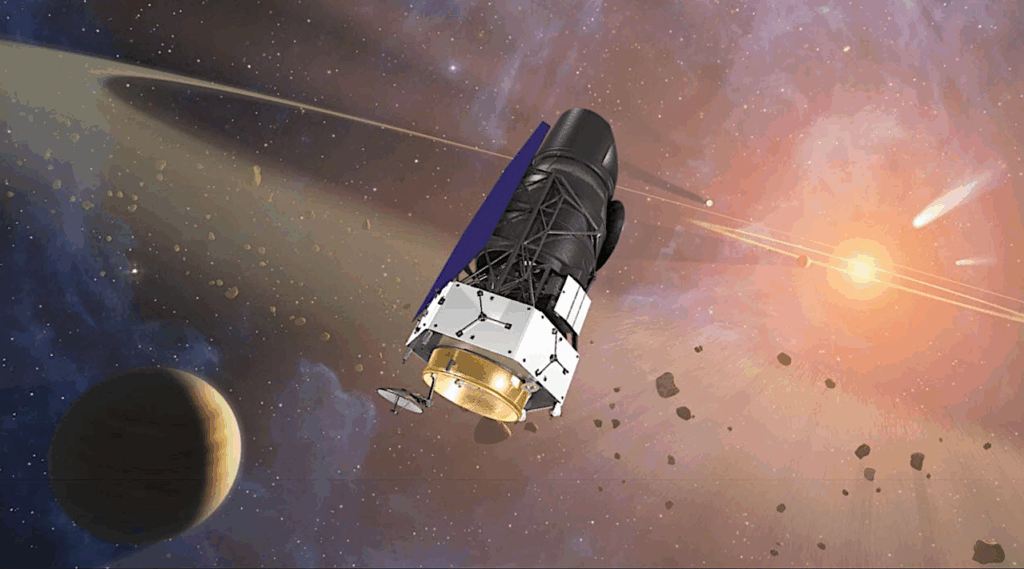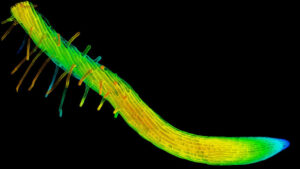
The Nancy Grace Roman Space Telescope, NASA’s next major astrophysics mission, is set to revolutionize space observation when it becomes fully operational in 2027. Among its groundbreaking technologies is the Roman Coronagraph Instrument, a pioneering tool designed to advance the field of exoplanet characterization.
This week, NASA announced a call for White Papers, inviting the scientific community to contribute ideas for utilizing the Coronagraph. The deadline for submissions is August 7th, marking a significant opportunity for researchers across the globe to influence the mission’s observational priorities.
Innovative Technology for Space Exploration
The Roman Coronagraph Instrument represents a leap forward in space-based, visible-band coronagraphy. For the first time, active optics will be employed in space to enhance the observation of distant celestial bodies. This technology demonstration aims to validate crucial hardware and software components, as well as data analysis techniques, essential for future exoplanet missions.
The Coronagraph will not be part of the Roman General Investigator Program, making this call for White Papers the primary channel for community input on its use. NASA’s Community Participation Program (CPP) is spearheading this initiative, emphasizing the inclusive nature of the project by encouraging submissions from all career stages and institutional backgrounds.
Engaging the Scientific Community
To facilitate broad participation, NASA has established the Community Participation Program (CPP), which will oversee the review of submitted White Papers. These documents will inform the planning of Coronagraph observations, ensuring that the mission aligns with the latest scientific goals and technological capabilities.
According to the CPP, “There will be no exclusive use period for observations obtained by the Coronagraph,” highlighting the mission’s commitment to open science and collaboration.
“This call is intended to provide the main avenue for the community to influence observational priorities,” the CPP stated.
Historical Context and Future Implications
The Roman Space Telescope follows in the footsteps of previous NASA flagship missions, such as the Hubble Space Telescope and the James Webb Space Telescope. Each of these missions has expanded our understanding of the universe, and Roman is poised to continue this legacy with its advanced capabilities.
By focusing on near-infrared wavelengths and wide-field surveys, Roman will provide unprecedented insights into the structure and evolution of the cosmos. The inclusion of the Coronagraph offers a unique opportunity to refine techniques that could one day enable the detailed study of Earth-like exoplanets.
Experts in the field are optimistic about the potential discoveries that Roman could facilitate. Dr. Jane Smith, an astrophysicist at the Jet Propulsion Laboratory, noted, “The Roman Coronagraph is a critical step towards the next generation of exoplanet exploration. It will help us develop the tools we need to identify and study planets around other stars.”
Next Steps and Resources
As the deadline for White Paper submissions approaches, interested parties are encouraged to visit the official website for detailed guidelines and resources. The full solicitation and additional information can be accessed at https://www.romancoronagraph.space/white-papers-2025.
The collaborative effort is supported by the Roman Project Science Team at the Jet Propulsion Laboratory, NASA Goddard Space Flight Center, the Science Support Center at IPAC, and the Science Operations Center at the Space Telescope Science Institute.
With the Roman Space Telescope’s launch on the horizon, the scientific community eagerly anticipates the wealth of data and discoveries it promises to deliver, marking a new era in our quest to understand the universe.






